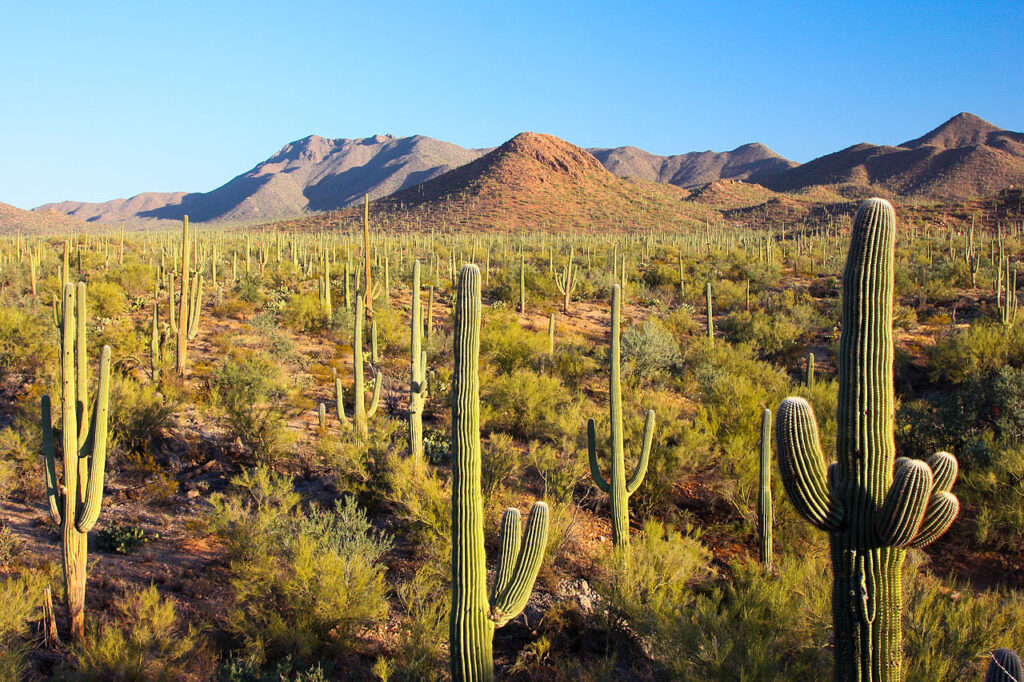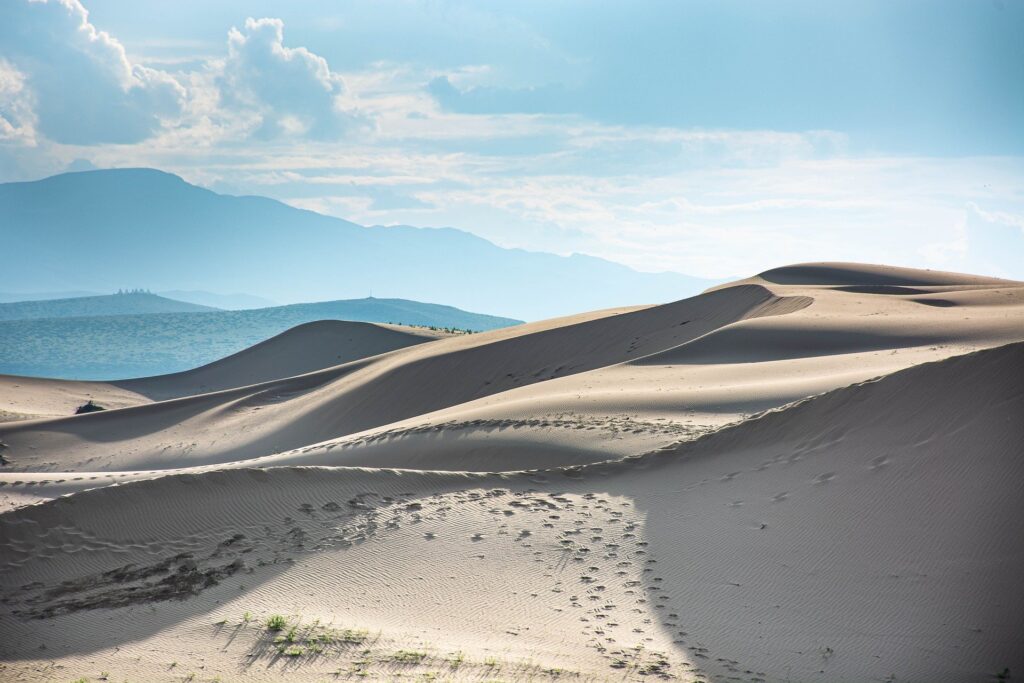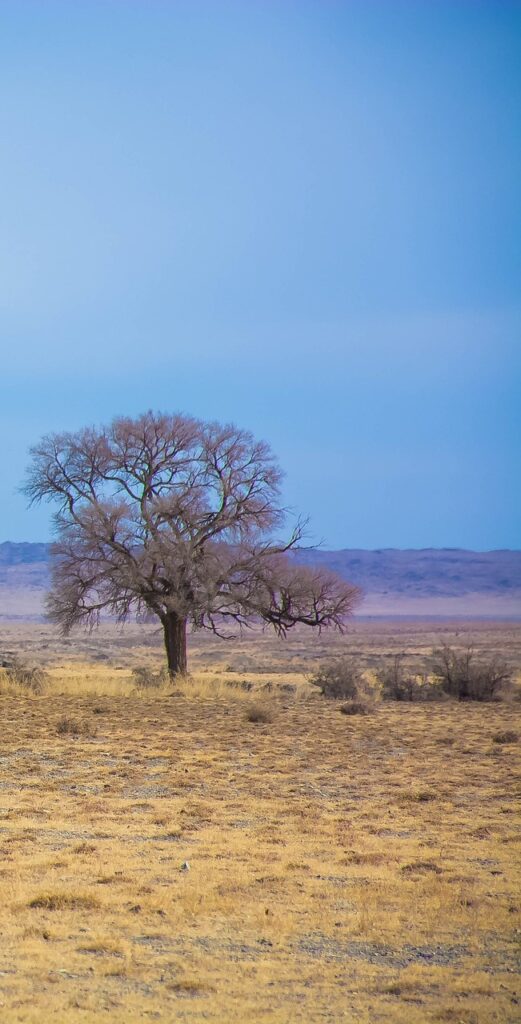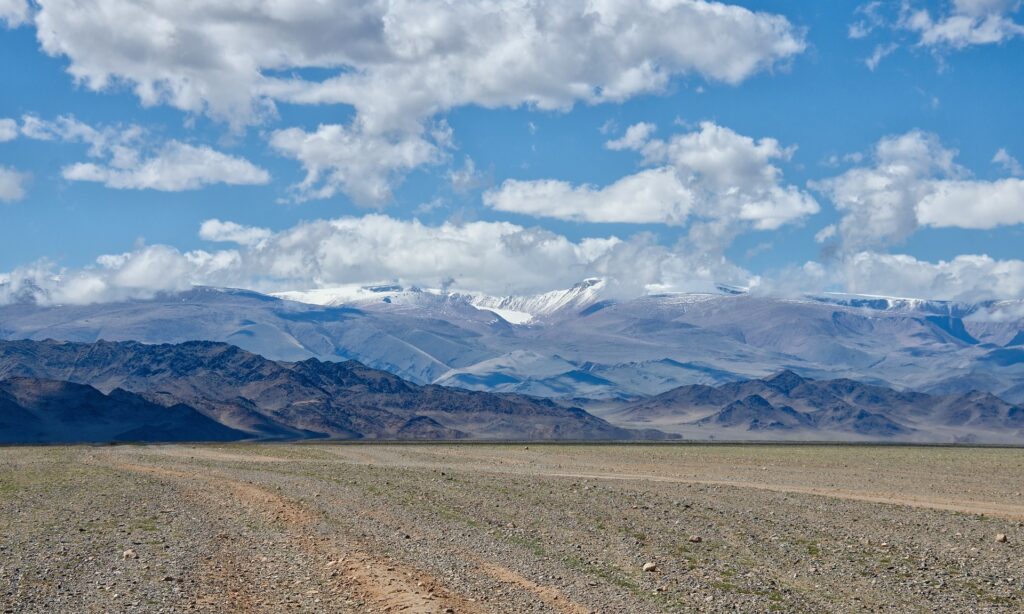
When it comes to a desert, most of us think hot and arid, with picturesque sand dunes and not much else. The Lut Desert, for example, is the hottest place on Earth, where temperatures reaching 159°F (70.7°C) have been recorded.[1] But while heat is often considered to be hand-in-hand with a desert, this is not necessarily the case. In fact, the coldest place on Earth (Antarctica, where temperatures can drop as low as -144°F (-98°C)[2]) is also the world’s largest desert! A lack of precipitation is actually the defining characteristic a desert, and these areas are known for being some of the harshest environments in the world. In fact, did you realize that there is actually a dozen different kinds of desert? Besides subtropical deserts, such as the Sahara, coastal, rain shadow, interior, and polar are the most common and can appear as a barren wasteland or cluttered with unique plant life, such as the cacti of the Sonoran Desert in North America.
Want to Know More?
Read This National Geographic article about deserts!

The Gobi Desert
Located in the heart of Asia, the Gobi Desert lies some 1,000 miles from the ocean and sprawls across northeastern China and southern Mongolia in the shadow of the Tibetan Plateau. Covering 500,000 square miles (1.3 million square kilometers), it is the largest desert in Asia and the 5th largest in the world. This desert has several distinct regions, including the Gobi Altai Mountains, grass steppe, and barren rock terrain, but it is known for its iconic golden sand dunes – many of which reach nearly 1,000 feet! The vast openness of a desert means temperatures swing wildly, ranging from as hot as 113°F in the summer and as cold as -40°F in the winter, when dunes are frequently sprinkled with frost.
Desertification
While the Gobi Desert may sound like a desolate place, it is also home to a diverse array of flora and fauna, including the Gobi bear, ibex, and snow leopard.[3] In fact, did you realize that besides desert shrubs and grasses, trees such as elm and poplar also dot the landscape? A few people also live in this harsh environment. Those who do are mostly nomadic, raising cattle, cashmere goats, or Bactrian camels. Like trees, settled farmland is most prevalent along the desert edges. Desertification, however, is a harsh reality.
Desertification is when fertile land becomes barren and arid. As desert is defined as an area that receives 10” or less of precipitation in a year, it’s not surprising that climate changes such as drought are a major cause of desertification. But human actions such as overexploitation of water resources, mostly for agricultural purposes, overgrazing, and deforestation are also major causes.
This process occurs when the delicate balance of soil and vegetation is disrupted, leading to the loss of topsoil and the degradation of the ecosystem.
Each year, 100 million hectares of productive lands experience this kind of degradation. For the millions of people who live in susceptible areas, this means those now facing water stress will soon be facing water scarcity. In fact, according to the UNCCD, three out of four people in the world are projected to face water scarcity by 2050.[4] With a decline in fertile land, food insecurity, hunger, and malnutrition will also rise.
Want to Learn More?
Check out this World Economic Forum article!
In China, desertification has been further demonstrated in sandstorms and the resulting dust pollution. Alongside the degradation of once-fertile land, sediment flowed into the Yellow River, “reducing water quality and increasing the risk of flooding downstream.[5]” In Mongolia, desertification of the Gobi now affects more than 76% of the land, threatening the lives of nomadic herders as well as national food and water security.[6]
Reforestation in The Gobi

From feathery grasses to towering trees, vegetation cover benefits the land and soil in many ways. It interacts with the atmosphere, helping to mitigate the extremes of the local climate. Its lifecycle contributes to more productive soil. It also supports local fauna, providing food and shelter, and offers stability in the face of winds or floods. In fact, a vegetation restoration project in China through the World Bank resulted not only in more than 32,000 hectares of precious farmland improved, but reduced silt in the Yellow River and as well as the number of sandstorms in northern China.
But China is not the only country interested in halting the spread of the Gobi Desert. Part of their commitment to the UN Sustainable Development Goals, Mongolia has launched the One Billion Tree movement, a goal they aim to achieve by 2030. And it’s not just about trees. The Mongolian Government intends to circulate a billion dollars through this project, providing incentives for Mongolians to plant trees in their native areas and boosting the Mongolian economy.
Further Resources:
Check out this Correct Mongolia article!
[1] https://earthobservatory.nasa.gov/features/HottestSpot/page2.php
[2] https://www.livescience.com/planet-earth/antarctica/where-is-the-coldest-place-on-earth
[3] https://www.worldatlas.com/articles/what-animals-live-in-the-gobi-desert.html
[4] https://www.unccd.int/cop16
[5] https://www.worldbank.org/en/results/2021/07/26/halting-desertification-in-china#:~:text=Halting%20Desertification%20in%20China.%20A
[6] https://www.channelnewsasia.com/sustainability/mongolia-one-billion-new-trees-desertification-2973721#:~:text=Desertification%20-%20where%20land%20degrades,

One Response
Hi there, You have done an excellent job. I will certainly digg it and personally suggest to my
friends. I’m sure they’ll be benefited from this website. https://waste-NDC.Pro/community/profile/tressa79906983/